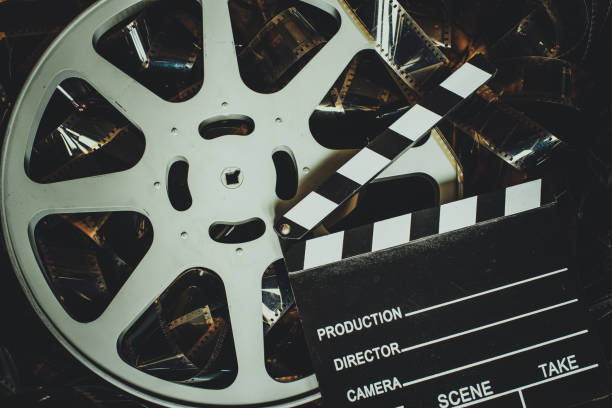In the last few years, viewers have been drawn to documentaries more than ever before. This increased viewership demands higher standards for style and storytelling from filmmakers, who regularly prove that documentaries can thrill an audience as much as a Hollywood action movie. Whether you produce short or feature-length docs, brush-up on your production skills with these six basic tips:
1. Use subtle movement.
Documentary interviews take up a good portion of your screen time, making them not only important but a place to flex your creative muscles. Interview footage can be tricky in the editing room — deciding whether to cover the interview with b-roll or keep the headshot and risk losing momentum is sometimes a tough call. Using sliders while interviewing your subject will prevent the story from falling flat. A slow, continuous slider shot draws viewers into the footage without distracting them by the movement.
The quick sliding shot in the intro of this test video paired with the multiple angles and closeups keeps this short interview captivating.
2. Feature interesting personalities.
You may be assigned to cover a certain subject or story, but your video can stand out by featuring characters who add complexity and depth to it. Interesting characters are those whose lives, choices, and conflicts help the viewer further understand the world around them. Instead of relying on the topic alone to capture viewers, choose a charismatic central character and try to present them in innovative, memorable ways, such as challenging the assumptions surrounding your character. If you’re drawn to your subject’s story, chances are your audience will be too.
The Green Lady is a good example of a character whose life and choices naturally spark curiosity in an audience. Video by New York Post.
3. Use multiple camera angles.
Keep your options open in the editing room by filming with multiple cameras. Not only will this allow you to grab different angles for each shot, but they can be helpful if your subject is not as eloquent on screen as you would like. Having multiple camera angles makes pauses and verbal tics more manageable. Plus, setting a second camera at a 45° angle from head-on or capturing a profile shot can change the look and feel of your video by adding intimacy and dimension to your subject.
The use of different camera angles for this short doc — especially the close ups during emotional moments — shows the the audience the character in a more personal light, literally and figuratively. Video by New York Post.
4. Pay attention to sound.
Audio has almost as much influence in eliciting emotional responses to a film as the visuals do. Once the interview or action is over, take some time to capture ambient sound. Use music as a guiding force in your footage, as well, such as punctuating an emotional moment with sudden silence or finding a song that fits a particular personality.
The bouncing, upbeat soundtrack matches the character and his work, making the video more immersive. Video by Great Big Story.
5. Use proper lighting.
Regardless of your camera quality, proper lighting is key to making your video look professional. Follow basic principles of lighting — light the subject or point-of-focus well and evenly. Alway try to use a natural light source. When outside in daylight, put the sun behind your subject, and at early morning or sunset, use it as a side light. Use a bounce card or reflector to light your subject’s face when the sun is acting as a rim light or outlining his or her back or side.
When inside, use three point lighting and manual zoom to combat low-light autofocus troubles.
The lighting in this video is ethereal, largely due to the natural light reflected by the white cathedral. Video by Great Big Story.
6. Study your inspirations.
Examine and analyze your favorite videos, documentaries, or movies. Watch how those directors used light and sound. Pay attention to the lighting and notice when it comes from the top, the side, or the back. Keep an eye on contrast and shadow. Count how many cuts there are in a well-done interview clip or how long the b-roll clips are. Use others’ techniques to inspire your own.












